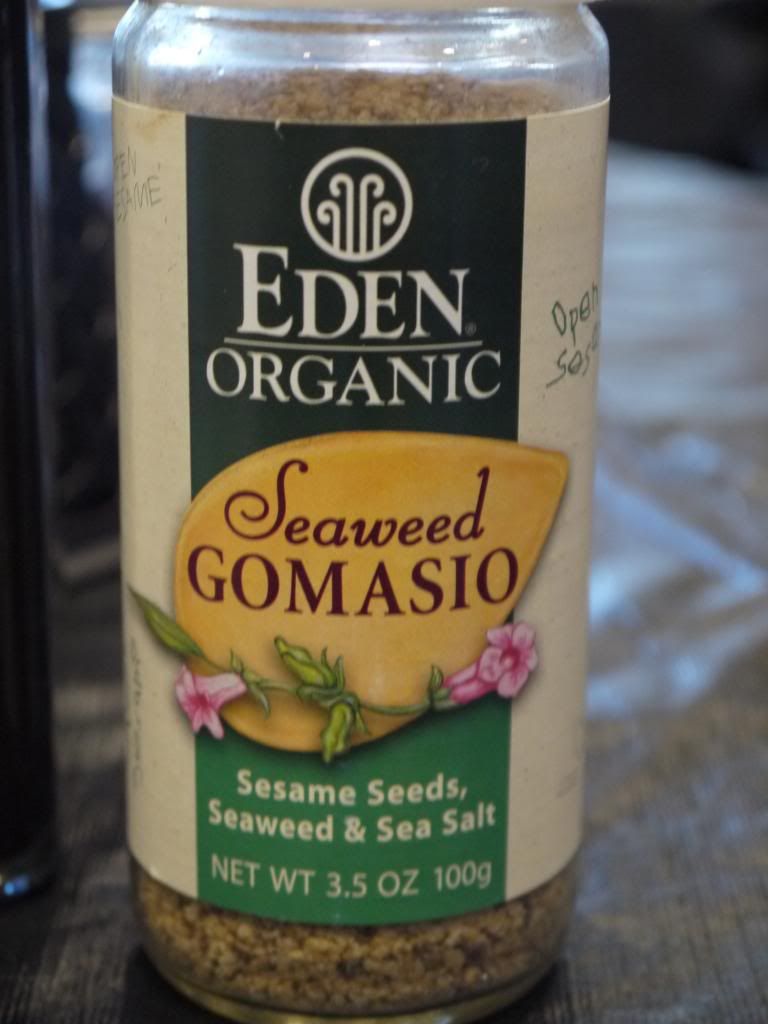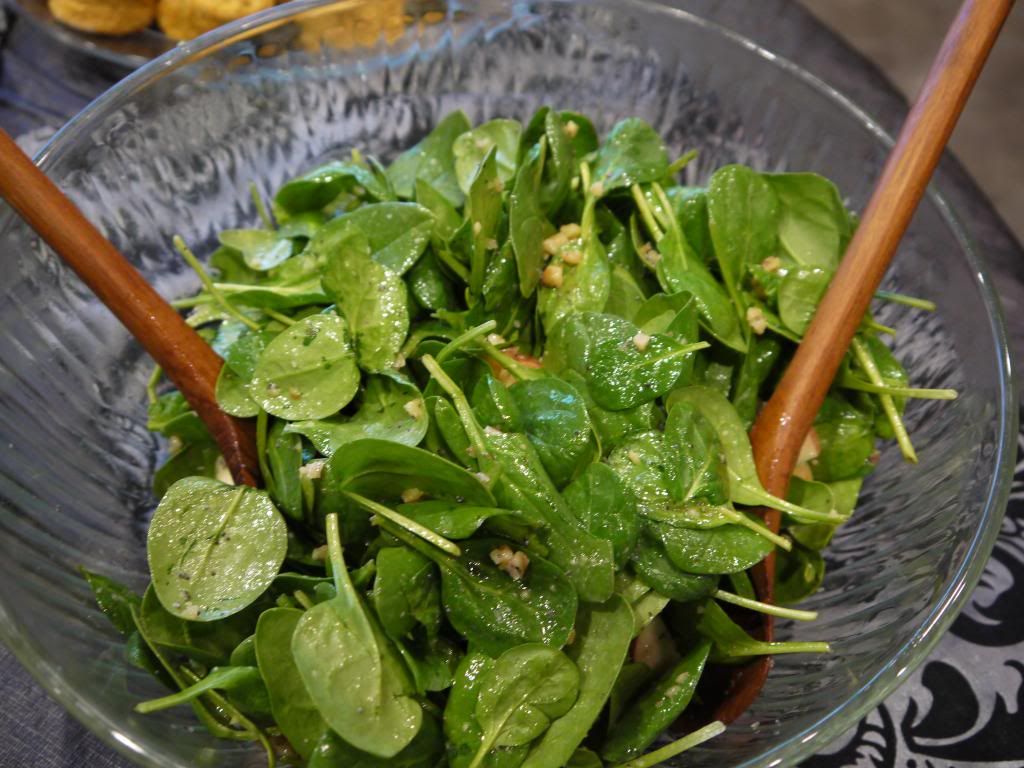Drink only things that do not contain sugar (or HFCS) or artificial sweetener. Choose a better option.
It seems that there are two groups of people: those who drink sodas*, and those who no longer drink sodas. Those who no longer drink sodas typically have no desire to have another knowing the struggle and difficulty of breaking this very, very addictive habit. These substances are so powerful that it can take years without a soda to be truly free and not slip back.
* When I use the word soda, I am referring to conventional sodas such as Dr. Pepper, Coke, Pepsi, Mountain Dew, Sprite, etc.
Depending upon which group you are in, this challenge will be very easy, or it will be incredibly hard. Drinking soda is one of the worst things you can do if you wish to achieve or maintain good health and vitality, and thus one of the first things to tackle.
Sodas present several very difficult challenges. They are loaded with sugar or HFCS (high fructose corn syrup) and caffeine. Both sugar and caffeine are extremely addictive substances. It takes great conviction to claim victory in this area. You will never gain the health and vitality that could be yours, and thus your greatest potential if you have a food idol such as this in your life.
I don't think I need to go into detail about the adverse health effects that soda has including robbing your bones of calcium, lowering your immune system, and rotting your teeth - this is just the tip of the iceberg.
A few suggestions to try:
1. You must recognize the seriousness of this addiction to overcome it. Many people tell me, "Oh, I could quit anytime but I enjoy drinking a soda so I think it is o.k. since I am making changes in other areas." Don't be fooled into thinking this way. If you can't give up soda this week without serious side affects (caffeine headaches, agitation, strong cravings), then you are being controlled by what you eat/drink, by sugar and/or caffeine.
2. For some people, slowly weaning off soda works. For others (like me), only going cold turkey works to stop the soda and sugar addiction. For the first two or three weeks, the cravings are intense, but then things become easier. If I keep thinking I can cut down and eat just a little less, I continue the cycle of cravings and eventually end up back to where I started, and thus frustrated and discouraged.
3. Find a replacement, a good substitute, as you transition to a diet of God-made food. The Izze sodas shown above are a great option. They are fruit juice sweetened and do not contain sugar or caffeine. My boys' friends, who drink regular sodas, prefer an Izze over a Coke or other soda. They are an excellent transition drink.
4. Pray; seek God's strength. If you sincerely wish to be free of the control food has over you, God will help you succeed. But you must ask Him for His help. God wants no idols to control you - He wants you completely.
5. Be careful that you don't increase your consumption of other man-made foods for your sugar and caffeine cravings.
6. Eat/drink lots of God-made easy foods - fruits, raw nuts, pure water. Loading your body with good nutrients will help make your struggle easier.
Advanced Challenge for those who have already overcome the addiction of soda:
Identify another man-made food, perhaps sugar, that you eat regularly to cut out of your diet this week.
"You shall have no other gods before me. You shall not make for yourself an idol in the form of anything in heaven above or on the earth beneath or in the waters below. You shall not bow down to them or worship them: for I, the Lord your God, am a jealous God ..." Exodus 20: 3 - 5a





































